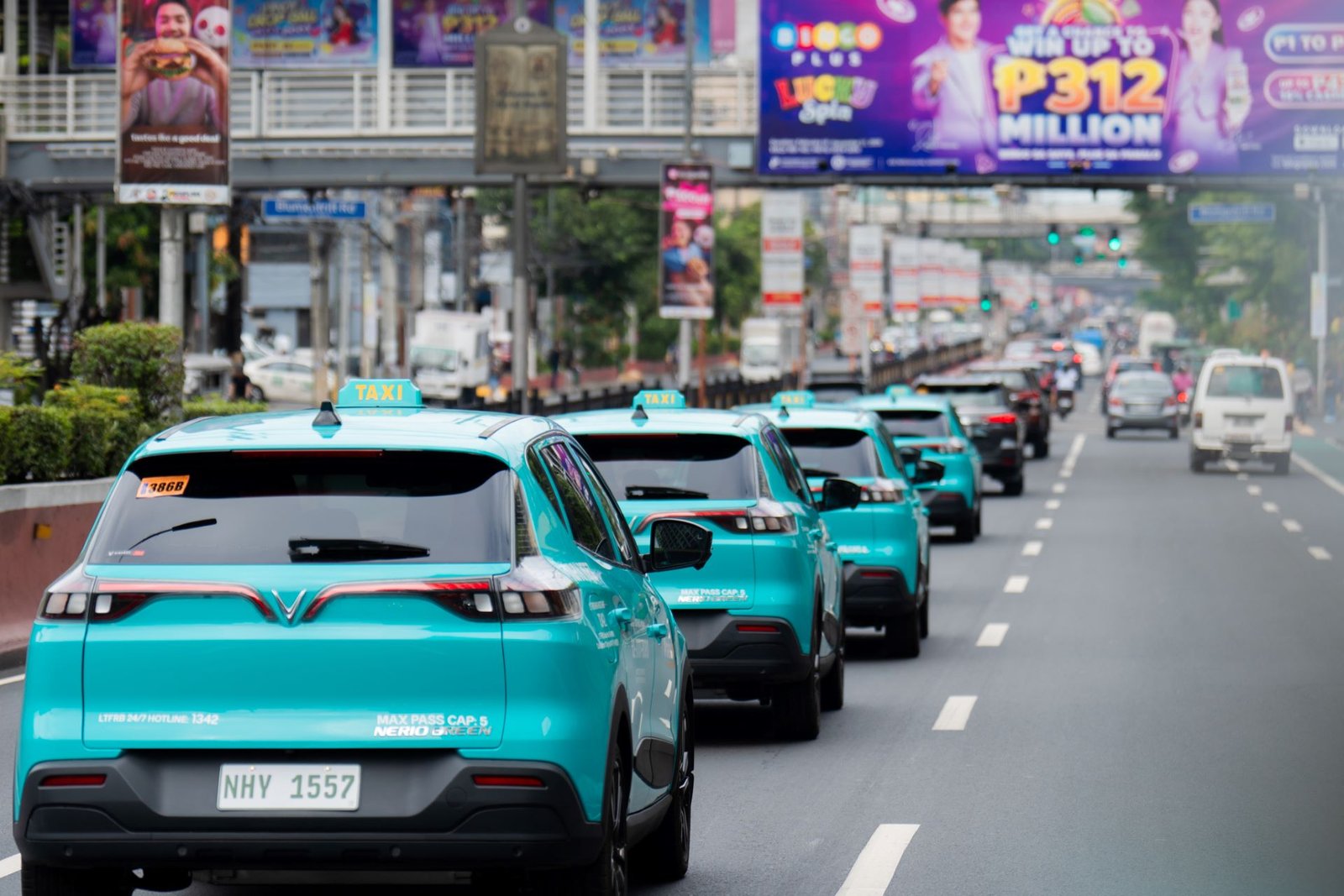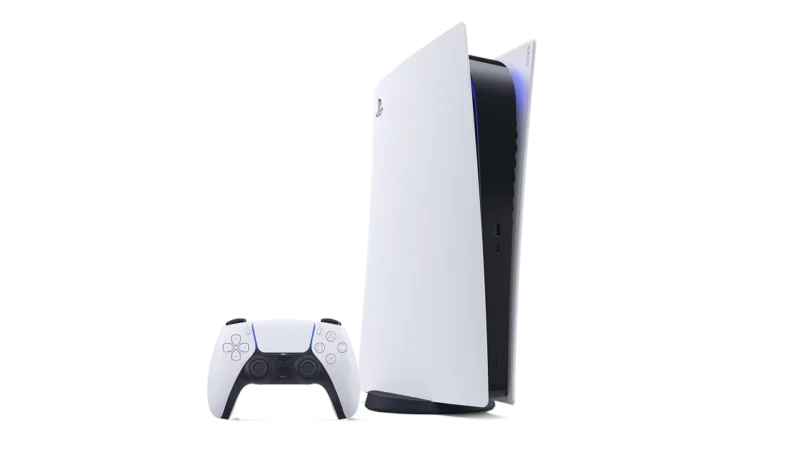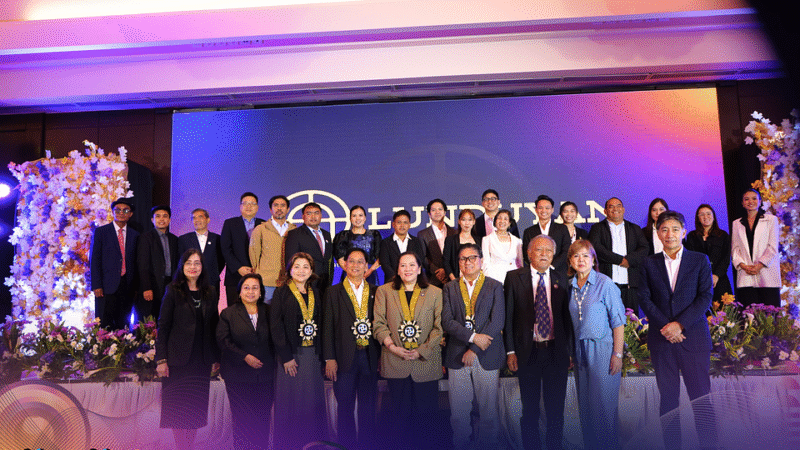Green GSM’s VinFast taxis quietly drive Metro Manila toward electric mobility
Electric mobility is no longer just a buzzword in Metro Manila — it’s rolling quietly through traffic. The hum of Green GSM’s VinFast-made taxis has become part of the city’s rhythm, signaling the gradual normalization of electric transport.
For many Filipinos, this shift isn’t happening in showrooms or policy forums but on the roads themselves. Since their June launch, Green GSM’s blue-and-green VinFast electric taxis — the first all-electric ride-hailing fleet in the country — have made the idea of cleaner, quieter travel tangible. Riders encounter it firsthand, not as a concept, but as a lived experience.
Some passengers ask about battery range or charging costs, while others are surprised by how familiar — yet smoother — the ride feels. Drivers, now well-versed in explaining electric vehicle basics, say the change has been rewarding. “I feel less tired, the costs are lower, and I take home more earnings,” shared Tarwin S., a 51-year-old former gasoline taxi driver.

Electric experience turns into everyday trust
In a city long burdened by congestion and poor air quality, even a few minutes of quiet travel can shift public perception. What begins as curiosity can become confidence, as each ride builds comfort with EV technology.
This is how adoption often starts. In countries like China, governments first electrified taxis and buses, allowing millions to experience EVs before owning one. Manila’s Green GSM taxis are following the same trajectory — showing that familiarity may be the first step toward acceptance.
VinFast builds the system behind the switch
While the taxis introduce EVs to the public, Vietnamese automaker VinFast is focusing on the infrastructure to sustain the shift. Partnering with V-Green, it aims to install around 15,000 charging ports nationwide, alongside new dealerships and service centers to ensure maintenance and accessibility.
These efforts are addressing the fears that often hold people back — range anxiety, repair uncertainty, and financing access. Visible chargers in malls, offices, and highways also reinforce confidence that the transition is real and long-term.
This growing EV ecosystem aligns with the Philippine government’s Electric Vehicle Industry Development Act (EVIDA), which promotes cleaner transport and lower emissions. Beyond sustainability, it also creates jobs for electricians, engineers, and software specialists — proving that clean technology can power both progress and employment.
Every functioning charger, trained driver, and quiet trip adds momentum to the country’s electric future. Change may be gradual, but it’s already humming along Metro Manila’s roads — a quieter revolution that speaks through silence.



